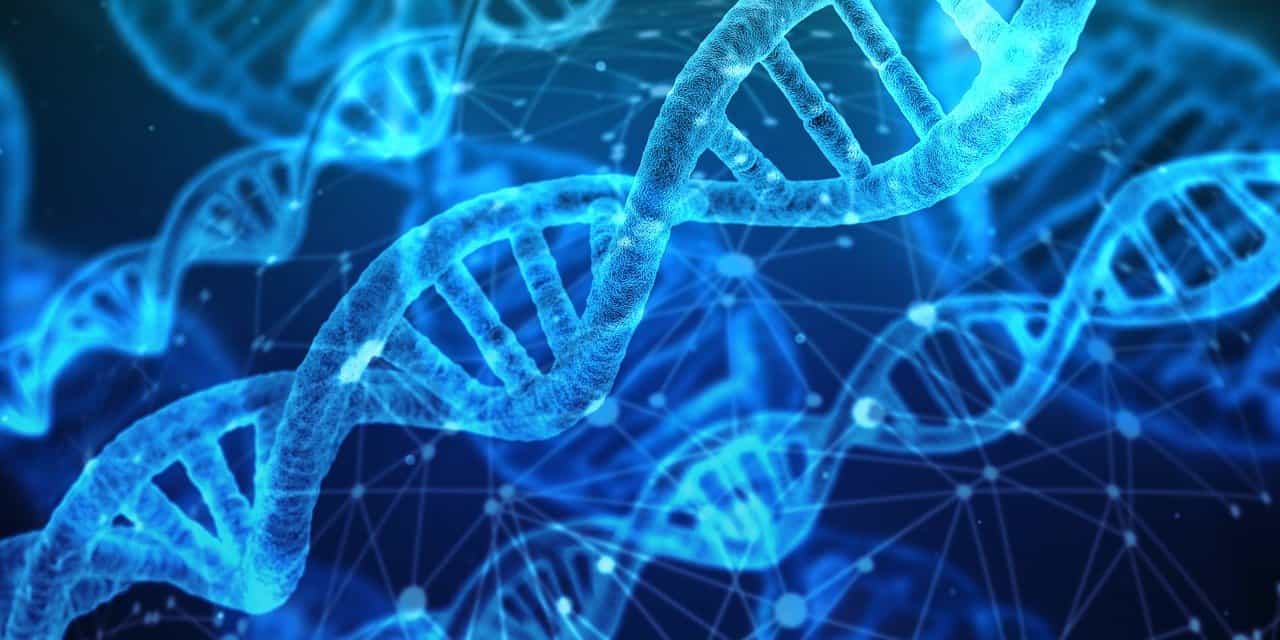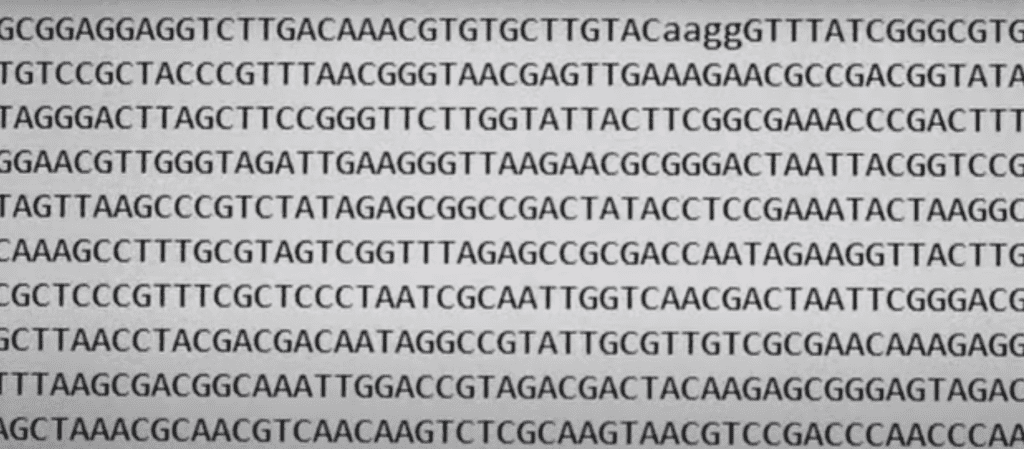We can store data on DNA

It’s a crisis waiting to happen, the world is producing more data than we can process, with far reaching consequences for the planet. Could nature be the answer? Synthetic DNA is now on the way to becoming the ultimate data storage solution and internet giants are taking notice.
You think you can store as much data as you want in the cloud. Well that’s not true, we are beginning to run into limits.
Hugues Ferreboeuf, from The Shift Project explains:
“When you take a photo on your smartphone, you may not realise that your photo will be duplicated somewhere in the cloud on one or several servers, so that you can access your photo even when it’s no longer on your smartphone.
This behaviour is encouraged by Tech Giants Google, Amazon, Facebook, Apple, Microsoft. Ultimately, their ability to make money hinges on us generating as much data as possible.
We have become used to stocking enormous amounts of data, as if we were in an infinite world without limits.
The amount of equipment being sold each year is increasing, the number of data centers increasing. As a result, the footprint of data storage is also increasing.
In terms of energy consumption, we are already seeing warning signs from a number of countries.
Up to 30%
Percentage of national energy consumption in some large data centres e.g. Ireland, Netherlands are 25-30%
Will we have a data storage crisis? Probably yes, in the mid term.”
Data servers take up 10% of the world’s energy consumption
Our data might be invisible but it takes up a lot of space. In the last seven years the volume of data storage has multiplied by 16, driven by the world’s insatiable appetite for online messaging, emails, video streaming sites and social media platforms. So far humanity has created a massive 10 trillion of gigabytes of digital content and we add another 2.5 million every single day.
500 hours of video are uploaded to YouTube every minute
Hours of video uploaded to YouTube every minute as of February 2020 – Statista
Much of it stored in servers running 24/7 and guzzling electricity. They’re responsible for 10% of the world’s energy consumption and 4% of global greenhouse gas emissions, more than the aviation industry (2.5%, although per capita it is much higher). But while internet giants are racing to build more data centers to keep up, others are looking at a low carbon solution and storing information in the very molecule that contains our genetic code.
Humanity will generate an estimated 33 zettabytes of data by 2025
DNA: The Ultimate Data-Storage Solution – Scientific American
Stephen Lemaire, CNRS Research Director, Chief Science Officer, BIOMemory explains:
“We launched a research program to use DNA to store digital information. We can encode all kinds of digital files, video or photo. All this data can be converted into DNA form. On a hard drive the data is stored in a binary language with a succession of 0’s and 1’s. Nature invented another method to store information that has been perfected over the last 4 billion years: DNA. It’s a code based on four letters, A, T, C and G. Basically we can convert digital data into a succession of ATCGs to encode digital information, instead of genetic information.

We have successfully encrypted the French Declaration of the Rights of Man and of the Citizen. The letters are translated into a succession of 0’s and 1’s and then the series of 0’s and 1’s are converted into a succession of letters: ATCG.
You could fit all of Facebook’s data on half a poppy seed
DNA: The Ultimate Data-Storage Solution – Scientific American
Once we have created this DNA sequence, we cut small pieces and assemble them into very large pieces. We can insert them into bacteria. That’s what we do in our laboratory to copy them. We then pull out the DNA and use purified DNA that is freeze-dried. It’s like a bean, like a bean, a dissolvable coffee bean. It is physically stored on a DNA molecule, like the molecules that make up our chromosomes. We store them in these small metallic capsules.

It is extremely compact. With this technology we could store all the data in the world, all the data centers in the world, in just 100g of DNA, the equivalent of a chocolate bar.
DNA is the best option we have to replace traditional storage methods with an eco-friendly alternative as DNA remains stable for thousands of years. We can archive data without any energy input. All the companies that store or manage data are interested in new storage technologies.
Microsoft, for example, is investing in DNA technology. While also exploring other possibilities to find a solution to our data storage problem. It works but at the moment its very expensive and not financially viable.
We need a few more years before we can consider storing massive amounts of data on DNA.
Advantages of DNA Data storage:
- Doesn’t take any power
- Lasts for thousand of years
- Very compact
We might be able to store our data in our own body
It is possible to insert DNA into the human genome using the CRISPR system. If the gene is inserted without a promoter sequence, it will be ignored. Therefore it is theoretically possible that you could store your own data in your body. Although what would be the advantage?
Sources:
DNA: The Ultimate Data-Storage Solution – Scientific American
DNA: New home for world’s data? • FRANCE 24 English
What is gene editing and how can it be used to rewrite the code of life? – The Guardian






